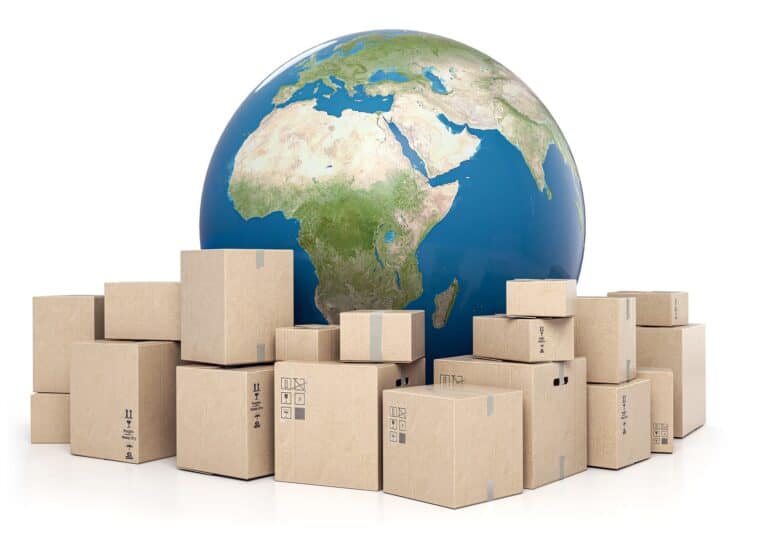Mastering Global Logistics: Strategies for Efficient Supply Chains
Discover strategies for efficient global supply chains. Learn how to optimize logistics and ensure timely delivery for international success.
Introduction: Navigating the Complexities of Global Logistics
In the interconnected world of business, optimizing supply chain logistics is crucial for success. As companies expand their operations to global markets, efficient and timely transportation of goods becomes paramount. This article delves into key strategies for streamlining international logistics and ensuring smooth supply chain operations.
“Your most unhappy customers are your greatest source of learning.” – Bill Gates
The Pillars of Efficient International Logistics

1. Demand Forecasting and Inventory Management: Accurate forecasting helps balance inventory levels, avoiding shortages or excess stock. Real-time insights enable proactive adjustments to meet demand fluctuations.
2. Multi-Modal Transportation: Leveraging various transportation modes—air, sea, rail, road—optimizes cost and speed. A balanced approach enhances flexibility and meets delivery deadlines.
3. Customs Compliance and Documentation: Thoroughly understanding import/export regulations prevents delays at customs. Proper documentation ensures smooth clearance, minimizing disruptions.
4. Technology and Data Integration: Advanced technology tracks shipments, providing real-time visibility. Integration of data across supply chain stages aids decision-making and enhances overall efficiency.
5. Supplier Relationships and Communication: Open communication with suppliers promotes collaboration and proactive issue resolution. Strong relationships foster operational stability.
Conclusion: Crafting Seamless Global Supply Chains
A well-optimized global supply chain is the backbone of international business. By mastering demand forecasting, embracing diverse transportation modes, complying with regulations, leveraging technology, and nurturing supplier relationships, businesses can ensure seamless logistics operations on a global scale.
FAQs:
How can technology improve supply chain visibility?
Real-time tracking systems offer visibility, aiding proactive decision-making.
What’s the significance of multi-modal transportation in global logistics?
Combining transportation modes balances speed and cost-effectiveness.
How can demand forecasting impact inventory management?
Accurate forecasting prevents overstocking and stockouts, optimizing inventory levels.
How do strong supplier relationships enhance logistics efficiency?
Open collaboration and communication help prevent disruptions and ensure smooth operations.
What are the benefits of customs compliance and accurate documentation?
Compliance facilitates timely customs clearance, reducing delays and penalties.
Keywords: Global logistics, supply chain optimization, multi-modal transportation, demand forecasting, technology integration.
Resources:
- Supply Chain Management Review: “5 Strategies for Managing Global Supply Chains”
- World Trade Organization (WTO): “Guidelines for Customs Compliance”






